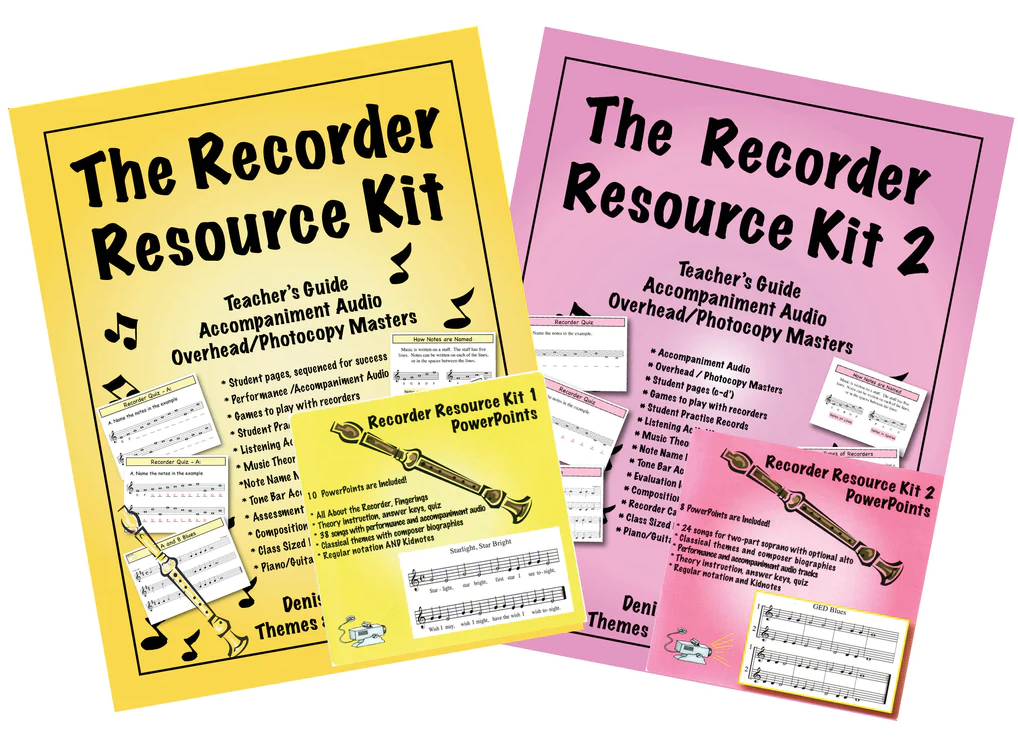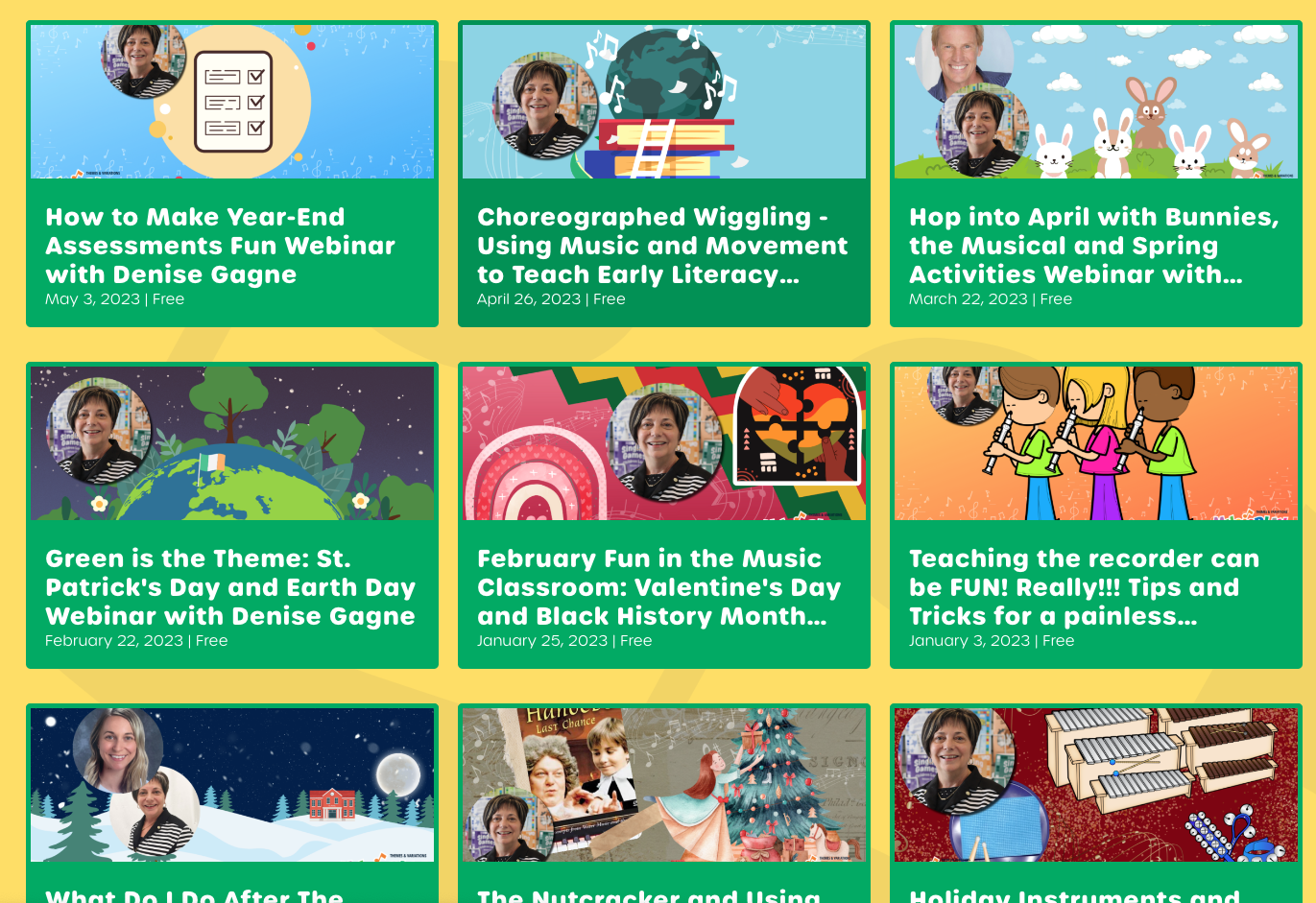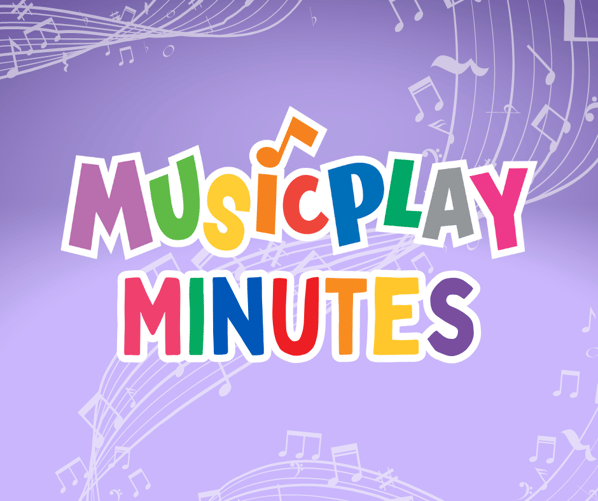Differentiation in the Music Class

Integration of special needs students into the regular classroom is the norm today. We can have a wide range of abilities and behaviors in every class that we teach. Most districts now require that we include options for differentiation in our lessons.
Some areas of music learning are easier to provide differentiation than others. In the Orff ensemble, the child with limited abilities can be given an easier part to play, or an instrument that isn't as crucial to the ensemble as the bass part. In written work, the child with special needs could have an aide scribe for them, or could be assigned fewer questions. Many special needs children love to sing and move and little differentiation is needed for these activities.
The one activity that will challenge teachers is teaching the recorder. The Recorder Resource Kits (found here!) are sequenced for student success.
 The notes are introduced: BAG ED C'D' F C. Most kids are successful reading and playing BAG, but as more notes are introduced, invariably you lose a few. As a teacher, watch for the student who is looking at another child's fingers instead of looking at the notation. This is the indicator that they are no longer keepin up with the class. When that happens, consider giving them the "Kids notes" version of the songs to play - the letter names are embedded on the note heads.
The notes are introduced: BAG ED C'D' F C. Most kids are successful reading and playing BAG, but as more notes are introduced, invariably you lose a few. As a teacher, watch for the student who is looking at another child's fingers instead of looking at the notation. This is the indicator that they are no longer keepin up with the class. When that happens, consider giving them the "Kids notes" version of the songs to play - the letter names are embedded on the note heads.
This accommodation makes it possible for your struggling readers to keep up with the class. It's much better than allowing them to pencil in letter names. If they pencil in letter names all they read is the letters. With the "kids notes" they see the placement of the note on the staff and read the rhythms.
I had a down syndrome student from Gr. 1-5 and he was a wonderful singer. But the fine muscle co-ordination needed to play the recorder was really difficult for him. If I taped the thumb hole at the back of the recorder closed, he was able to play Just B, Just A and Just G. But reading and changing fingers was too much. After the class moved past Just G, I filled a tub with interesting non-pitched instruments: finger cymbals, triangles, cabassa, guiro, tone blocks, etc. My student could read rhythms, so we'd choose a non-pitched instrument for him to play while the rest of the class played recorders. Most classes, one of the more advanced students would play with him - they enjoyed the change. Sometimes if a student forgot their recorder, they'd play nonpitched for the day.
Projecting the notation is another way to accommodate students. When you project, you can help students track the notes ensuring that they are correctly following the music. The Recorder Kit PowerPoints (Digital Resources) include PowerPoints, PDF files and movies of the music. Choose the format that works the best in your classroom and project your notation!
Musicplay Workshops
Registration for Musicplay Live in Washington, DC; Austin, TX; and Virtual is open!
Check out our collection of FREE webinars here!

Musicplay Minutes Podcast

Listen to our newest podcast on ideas for St. Patrick's Day and Earth Day!

.png?width=483&height=405&name=MusicplayLive%202023%20Sing!%20Say!%20Dance!%20Play!%20With%20Artie%2c%20Denise%2c%20and%20JJ%20Locations%20FB%20(2).png)